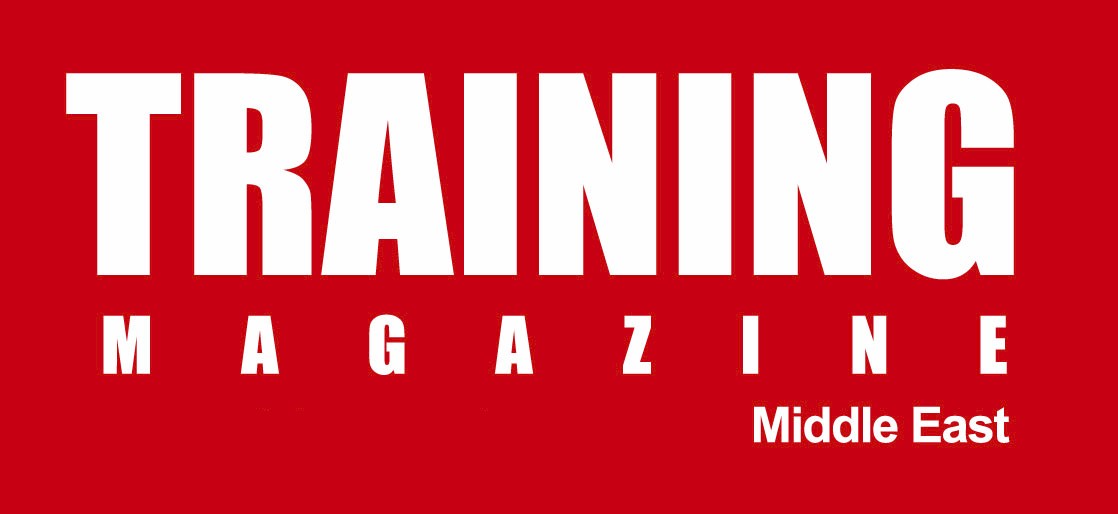I need not to rehash for you the sufficiently chronicled history of employee development and management over the years and in pens far more articulately eloquent than mine.
We believe that organizations are witnessing now more than ever a fast-paced, ever-changing reality increasingly nostalgic for precise and focused learning and development solutions. We have experienced that organizations seek solutions that make a difference and sustain a contentious improvement facilitating, as such, a lifelong and personal development of all employees. This is paralleled with their continuous transformation in response to the constantly changing business environment and their business needs accordingly.
Nevertheless, we have seen that many training organizations resort to best-practice training solutions, rather than resorting to either a best-fit approach or amalgamating both. Such misfit solutions will not promote effective partnership with organizations who aspire to create an effective organisation capable of achieving their employee development strategy.
We have found, based on experience and practice, that one of the best learning solutions is the one which fits the organization and its people needs through meticulous analysis and assessment of the current skill level against the desired one; an approach which we have been practicing over the years and the results have been remarkable. We recommend the right learning and development intervention rather than just prescribing an ‘aspirin’ for someone who is having a heart problem, a headache or stomach pain, metaphorically speaking. Let alone the side effects such quick fixes may bring or cause!
We believe that a meticulously designed learning intervention according to the people needs within organizations will substantially achieve concomitance with the strategic goals and objectives of those organizations to achieve high performance and profitability. Now, the impetus is to tackle any existing complexities and growing challenges in learning and development interventions through effectively designing dynamic learning and development solutions to match organizations’ unique and different values, culture, challenges and opportunities, resources and limitations; and above all, solutions that match their people needs and skill gaps or deficit by avoiding on-the-shelf and ready-made solutions promoting instead tailored ones.
So how does that work in practice?
Highlighted below, are some of the tips that can help us achieve this:
- Partner with our clients to offer credibly tailored learning & development solutions to add value through determining the skills, knowledge and attributes required. Though the SOW (Scope of Work) will be bigger, but more efficient and articulate in matching our proposed solutions with our clients’ needs.
- Conduct a gap analysis in which we need to evaluate individuals’ competency level and the skills required in comparison with the standard. Begin with analyzing and assessing training needs by attending:
– Who needs to be trained?
– Why does she/he need to be trained?
– What is the impetus for this development?
- Avoid ad hoc on-the-shelf ready-made learning solutions, which will neither give us nor our client any value. The goal is a sustainable and strategic long-term relationship rather than a short-term transactional one.
What we are looking for is a sustainable and reciprocally strategic and beneficial relationship with our clients. Let’s change the way learning and development interventions are being conducted towards more suitably sophisticated and properly introduced ones.






